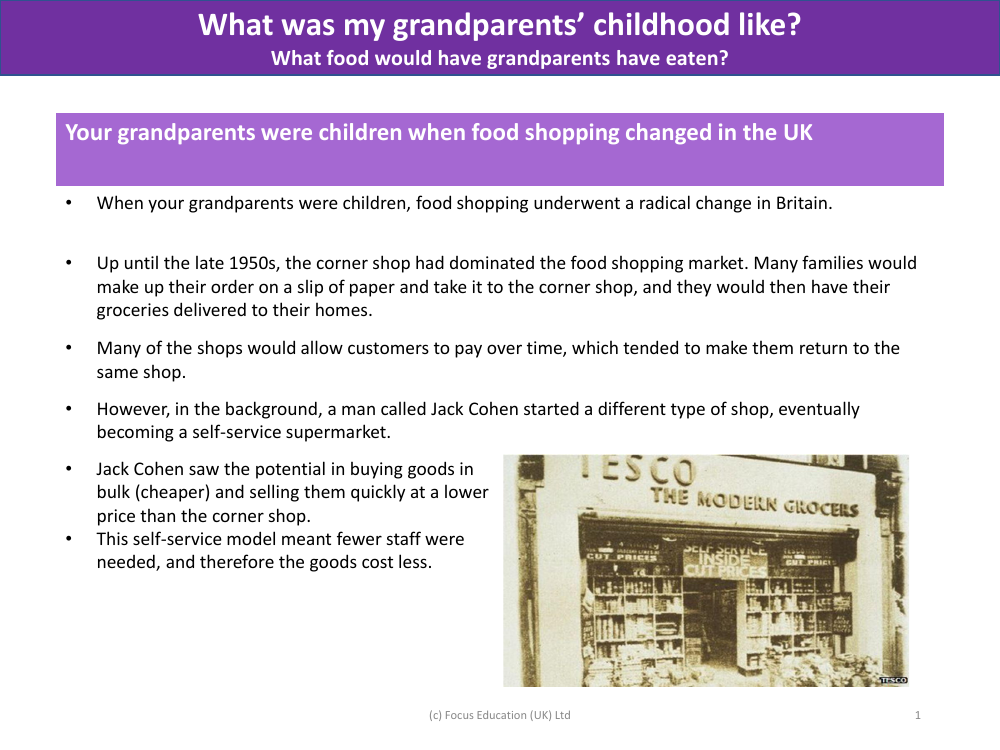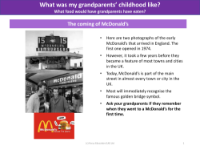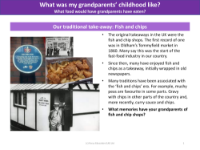How food shopping changed

History Resource Description
During the childhood of many people's grandparents, a significant shift occurred in the way food was purchased in the UK. Previously, the traditional corner shop reigned supreme in the food shopping landscape. Customers would typically write down their orders on a slip of paper and hand it over to the shopkeeper, who would then arrange for the groceries to be delivered to their doorstep. This personal touch, coupled with the convenience of home delivery, was a staple of British life. Additionally, these shops often provided a credit system, allowing patrons to pay for their purchases over time, which fostered loyalty and repeat business.
Amidst this era of the corner shop's dominance, an innovative concept was taking shape. Jack Cohen was pioneering a new kind of food retail—the self-service supermarket. His vision was to revolutionise shopping by purchasing goods in bulk at reduced costs and passing on these savings to the consumer with lower prices. The advent of the supermarket meant that shoppers could select their own items directly off the shelves, a stark contrast to the service at the corner shops. This new model required fewer staff members, which further helped to keep the prices down, challenging the traditional corner shop model and transforming the British food shopping experience.






